AMMAN — Rana
Safadi has spent over 20 years documenting Amman’s streets, culture, and people
through the lens of her camera and the strokes of her paintbrush, capturing its
sun, its views, and its cultural developments dutifully.
اضافة اعلان
Though known
for her more recent work as a painter, Safadi’s passion for art has been with
her for a long time.
“My passion
for art has always been in me,” Safadi said, and unveiling Amman’s soul, her
beloved hometown, is the source of her artistic inspiration.
“I grew up
here, I lived here, and my mom was born here. We have a lot of memories and
stories of this city, and this is mainly where my passion comes from.”
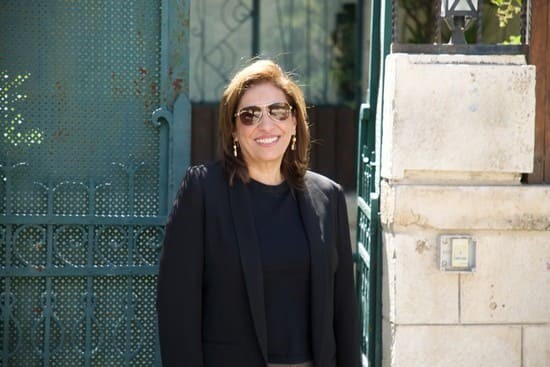 (Photos:
Yezen Saadah, Jordan News)
(Photos:
Yezen Saadah, Jordan News)
A
self-proclaimed “Ammani”, Safadi began her career as a photographer in 1999.
During her time working at the US Embassy in Amman’s culture department, Safadi
was responsible for curating and creating printed material for cultural events.
Eventually, she held her first photography exhibition at the embassy, igniting
her interest in the artistic process.
However, it
was not until 2008 that Safadi’s art took a turn as she delved into painting.
Employing oil on canvas, she created vibrant and dynamic pieces showcasing the
diversity and beauty of Amman.
A personal connectionOriginally
from the Palestinian city of Safad, Safadi’s adoration toward Amman is derived
from the city’s jasmine, lemon, fig, and olive trees, which according to her,
are constantly eliciting bursts of color and emotion.
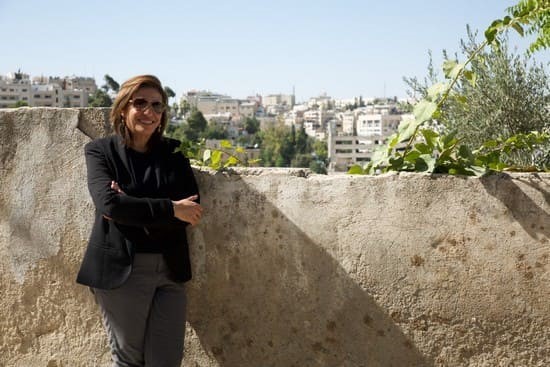
“I see
colors around me that are not so colorful, but the sky and the sun are very
strong. There are lots of emotions — in the yellows and reds — especially as a
symbol of energy and the East,” she said, highlighting the city’s welcoming
nature and acknowledging the radical cultural developments it has endured over
the years.
“Amman is a
city that I can call home. It's small and always feels welcoming. But at the
same time, it has changed drastically from when we grew up, with the people and
attitudes,” she said.
Fused with
her work as an artist, Safadi frequently organizes walking tours for visitors
to Amman, sharing her passion for the city with visitors. The tours emphasize
storytelling, with Safadi narrating the history of Amman through architecture,
arts, people, and cultures that decorate the city including stories from Palestinians,
Druze, Armenians, Syrians, and Iraqis.
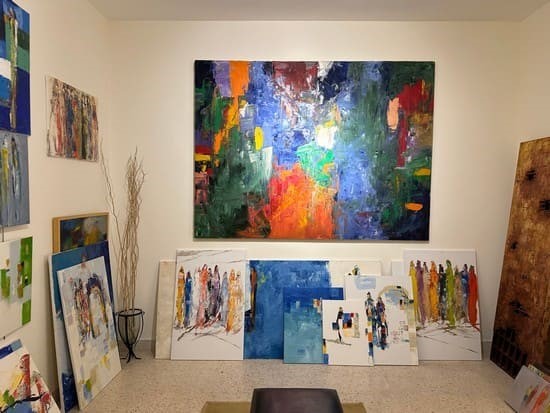
Avoiding
mass tourism, Safadi prefers a group of two or three people, emphasizing that
there is a huge value in intimacy. “We do the experience together depending on
what they’re really interested in,” she said.
“Some people
are not interested in art, so why give them a visit to a gallery? They might
just want to sit on a bench and look at the Citadel or take photos.”
She often
tours expats, members of embassies, and Jordanians living abroad, speaking
French, English, and Arabic as she walks and drives through old neighborhoods,
recounting the rich history from various corners of the city.
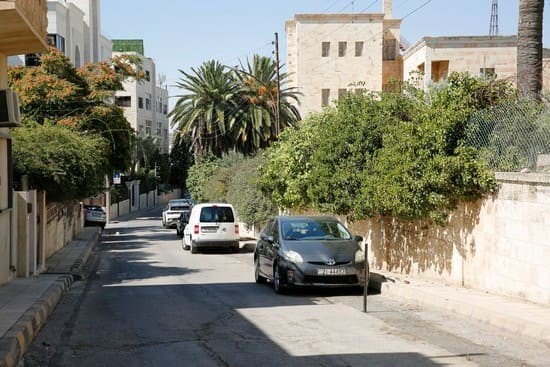 (Photos:
Yezen Saadah, Jordan News)
(Photos:
Yezen Saadah, Jordan News)
On expanding
her work, including as an artist, to other sites in Jordan — such as Al-Salt,
Iraq Al-Amir, or Madaba — Safadi said she always comes back to Amman. “I focus
on the city I feel connected to and know a lot of things about.” She often
focuses her work on the Jabal Amman area, Jabal Al-Weibdeh, and downtown,
calling the latter “the hub of Amman”.
Acknowledging that downtown Amman has become a heavily commercialized area, one
that “doesn’t represent Jordan”, Safadi noted the positive impact such
developments can have on the current generation, opening new opportunities and
exploring the city’s role and an international, multicultural hub.
With these
cultural developments, art, specifically her own, has also developed.
“It’s
becoming a big city now. It’s sometimes reflected in that you just want to be
in your own bubble and create your art. Sometimes you would like a sheltered
lifestyle just to relax a little bit and be able to come back to the normality
of everyday life to get inspiration.”
 The value of documentation
The value of documentation
Safadi’s
adoration for the city she calls home extends beyond her arts and tours, and
her interests are ever evolving. Currently, her interest lies in the city’s
Christian community, highlighting that Amman has been an important city for
Christians historically.
“The
Christian community in Jordan is becoming smaller and smaller. There are so
many stories from Christian history that are very important to highlight in the
tourism industry.”
“Why don’t
we try to do projects where we highlight areas for this important community
that’s diminishing not only in Jordan but in the Middle East?”
In response
to these concerns, Safadi is now working on documenting the arts and crafts of
other communities within Amman, especially old Druze and Armenian practices.
Among
Safadi’s interests is documenting the preservation of old and abandoned cinemas
in Amman, citing the Rainbow Theater as a perfect example of how to revive a
deserted hub for the cinematic landscape.
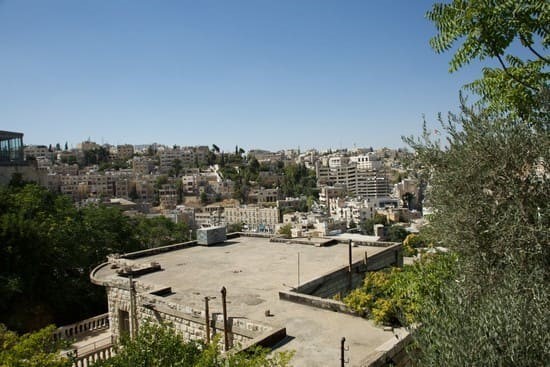
“To me, if
you document you don’t lose the story. ... You have to document, whether in
your work — if you want to make a film or a story — it’s always about
documentation, even with other issues in the Middle East.”
“It’s
documenting that makes the story survive.”
Art and the intersection of politics
When it
comes to her own artistry, Safadi finds her self somewhat detached from
considering the audience or commercial aspects. “Usually, you do it for its own
sake,” she explained.
And although
the economy plays a leading role in sustaining artists’ careers, she explained
that most investors do not care about the name of the artists or the artists
themselves.
“This is
especially the case if the manager of these projects are willing to invest and
believe in authentic art,” she said, calling back to the economic boom roughly
a decade ago, during which some artists in Jordan actually sold a good amount
from many new projects.
As is the
case with most art, politics often intersects, and Safadi is not different.
“Politics
and economics affect our daily life. When there is tension in the region, or in
any region, people will be more careful about spending,” she said, noting that
during the COVID-19 pandemic, she noticed that she had sold more paintings than
usual because people were at their homes, “willing to invest in art”.
The visual sense
For aspiring
artists in Jordan, Safadi encouraged that they talk to other artists,
especially those who are older and more experienced. “We have to train our eyes
very well,” she said.
She also
highlighted the importance of going to exhibitions in-person, especially in an
age where technology and the internet have effectively dominated the industry.
“This is what makes the eye become stronger in interpreting artworks and
including it in your own work without you knowing. It becomes embedded in your
visual sense.”
Her
philosophy for finding success, health, and happiness as an artist is simple:
“Do what you love.”
“Even in
life, do what you love because success comes and even money comes when you do
something you love more than if you’re just thinking to go this direction
because it brings you money — it might never bring you money.”
“I always
worked for the love of work, for the feeling of achievement. Money comes, but
you have to love what you do.”
“How you see
things is how you create the future, but it always has to come from passion. I
was courageous in a way — to be able to kind of take that route. I enjoy what
I’m doing, but it’s very, very challenging.”
Read more Culture and Arts
Jordan News



